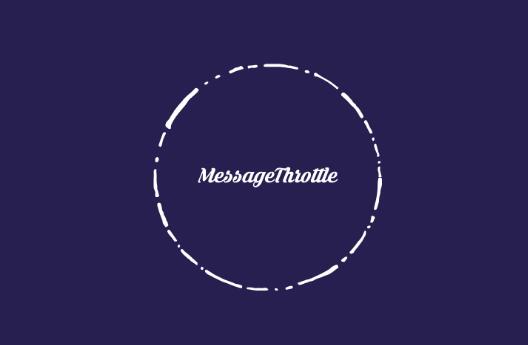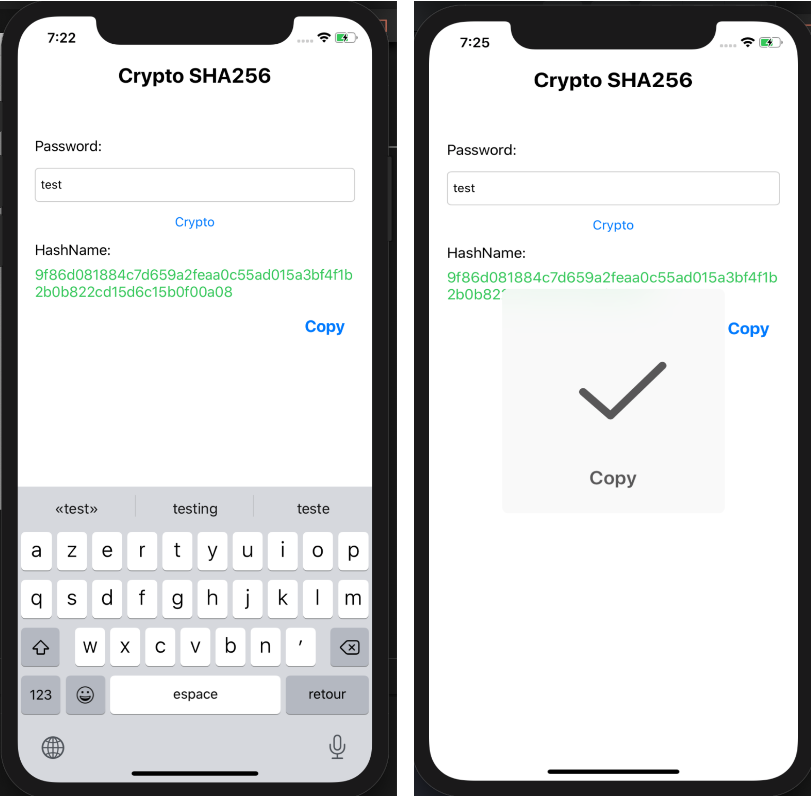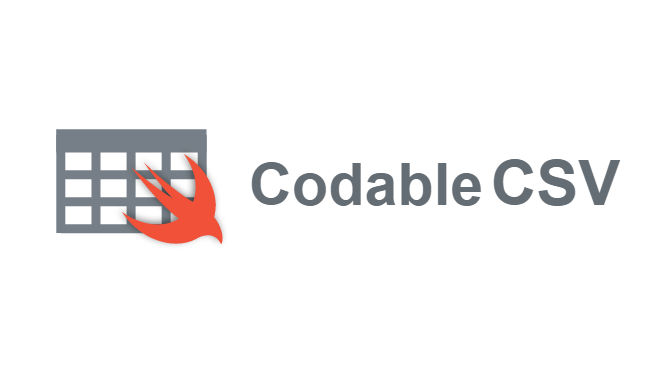MessageThrottle
MessageThrottle is a lightweight, simple library for controlling frequency of forwarding Objective-C messages. You can choose to control existing methods per instance or per class. It's an implementation of function throttle/debounce developed with Objective-C runtime.
? Features
- [x] Easy to use.
- [x] Keep your code clear
- [x] Reserve the whole arguments.
- [x] Support instance, class and meta class.
- [x] Support 3 modes: Throttle(Firstly), Throttle(Last) and Debounce.
- [x] Centralized management of rules.
- [x] Self-managed rules.
- [x] Let method MUST invoke at the specified conditions.
? Example
To run the example project, clone the repo and run MTDemo target.

? How to use
The following example shows how to restrict the frequency of forwarding - [ViewController foo:] message to 100 times per second.
Stub *s = [Stub new];
MTRule *rule = [s limitSelector:@selector(foo:) oncePerDuration:0.01]; // returns MTRule instance
For more control of rule, you can use mt_limitSelector:oncePerDuration:usingMode:onMessageQueue:alwaysInvokeBlock:.
You can also start with a creation of MTRule:
Stub *s = [Stub new];
// You can also assign `Stub.class` or `mt_metaClass(Stub.class)` to `target` argument.
MTRule *rule = [[MTRule alloc] initWithTarget:s selector:@selector(foo:) durationThreshold:0.01];
rule.mode = MTModePerformLast; // Or `MTModePerformFirstly`, ect
rule.messageQueue = /** a dispatch queue you want, maybe `dispatch_get_main_queue()` whatever...*/
rule.alwaysInvokeBlock = ^(MTRule *rule, NSDate *date) {
if ([date isEqualToDate:[NSDate dateWithTimeIntervalSince1970:0]]) {
return YES;
}
return NO;
};
[rule apply];
You can let method MUST invoke at the specified conditions using alwaysInvokeBlock. The example code above will invoke message immediately if its 1st parameter equals "1970". BTW, alwaysInvokeBlock can has no parameter, or has one more MTRule before message's parameter list.
You should call discard method When you don't need limit foo: method.
[rule discard];
NOTE: MTRule is self-managed. If the target of rule is a object instance, MTRule will discard itself automatically when the target is deallocated.
MTRule represents the rule of a message throttle, which contains strategy and frequency of sending messages.
You can assign an instance or (meta)class to target property. When you assign an instance to target, MessageThrottle will only restrict messages send to this instance. If you want to restrict a class method, just using mt_metaClass() to get it's meta class, and assign the meta class to target. Rules with instance target won't conflict with each other, and have a higher priority than rules with class target.
NOTE: A message can only have one rule per class hierarchy. For example, If there is one rule of message - [Stub foo:], you can't add another rule of message - [SuperStub foo:] anymore. PS: Assume that Stub is a subclass of SuperStub.
MTRule also define the mode of performing selector. There are three modes defined in MTMode: MTModePerformFirstly, MTModePerformLast and MTModePerformDebounce. This demo shows the difference between throttle and debounce.
The default mode is MTModePerformDebounce. MTModePerformDebounce will restart timer when another message arrives during durationThreshold. So there must be a delay of durationThreshold at least.
MTModePerformDebounce:
start end
| durationThreshold(old) |
@----------------------@---------------------->>
| |
ignore will perform at end of new duration
|--------------------------------------------->>
| durationThreshold(new) |
start end
MTModePerformFirstly will performs the first message and ignore all following messages during durationThreshold.
MTModePerformFirstly:
start end
| durationThreshold |
@-------------------------@----------@---------------@---------------->>
| | | |
perform immediately ignore ignore ignore
MTModePerformLast performs the last message at end time. Please note that does not perform message immediately, the delay could be durationThreshold at most.
MTModePerformLast:
start end
| durationThreshold |
@-------------------------@----------@---------------@---------------->>
| | | |
ignore ignore ignore will perform at end
When using MTModePerformLast or MTModePerformDebounce, you can designate a dispatch queue which messages perform on. The messageQueue is main queue by default. MTModePerformLast and MTModePerformDebounce modes will also use the last arguments to perform messages.
MTEngine is a singleton class. It manages all rules of message throttles. You can use applyRule: method to apply a rule or update an old rule that already exists. Using it's discardRule: method to discardRule a rule. There is also a readonly property allRules for obtaining all rules in current application.
? Installation
CocoaPods
CocoaPods is a dependency manager for Cocoa projects. You can install it with the following command:
$ gem install cocoapods
To integrate MessageThrottle into your Xcode project using CocoaPods, specify it in your Podfile:
source 'https://github.com/CocoaPods/Specs.git'
platform :ios, '11.0'
use_frameworks!
target 'MyApp' do
pod 'MessageThrottle'
end
You need replace "MyApp" with your project's name.
Then, run the following command:
$ pod install
Carthage
Carthage is a decentralized dependency manager that builds your dependencies and provides you with binary frameworks.
You can install Carthage with Homebrew using the following command:
$ brew update
$ brew install carthage
To integrate MessageThrottle into your Xcode project using Carthage, specify it in your Cartfile:
github "yulingtianxia/MessageThrottle"
Run carthage update to build the framework and drag the built MessageThrottleKit.framework into your Xcode project.
Manual
Just drag the "MessageThrottle" document folder into your project.





